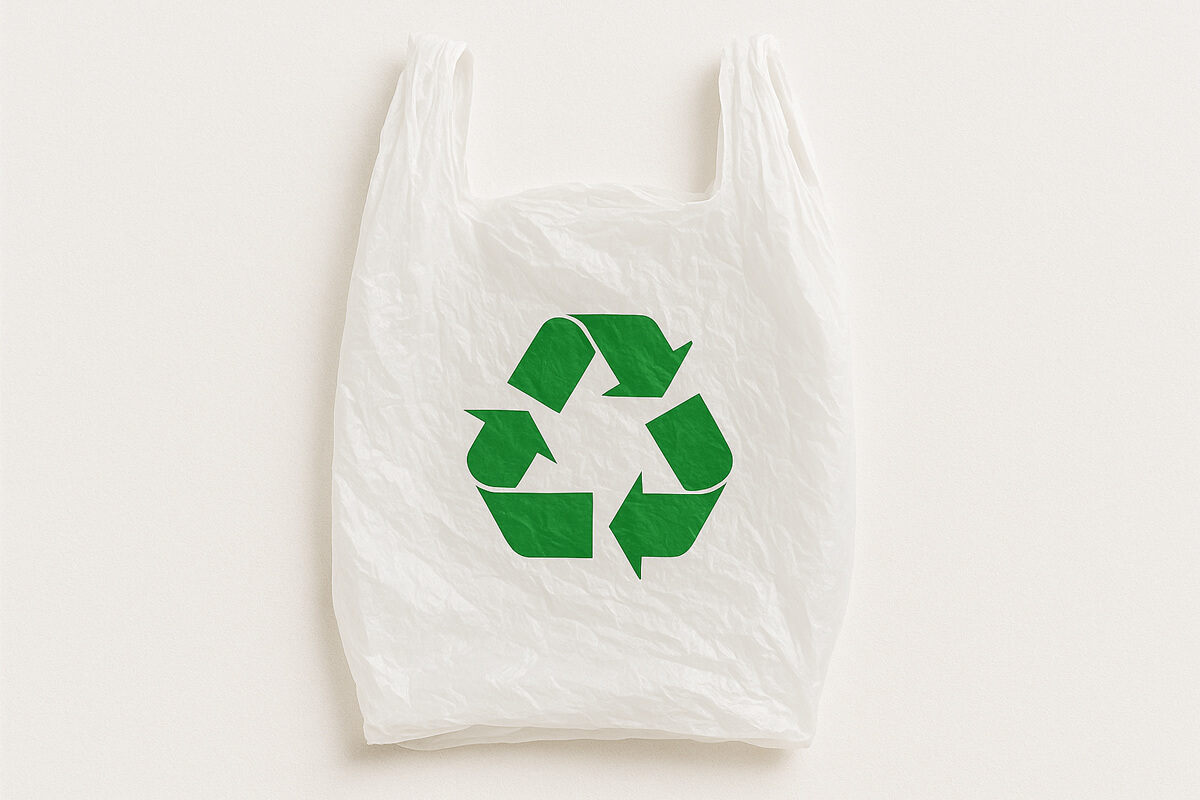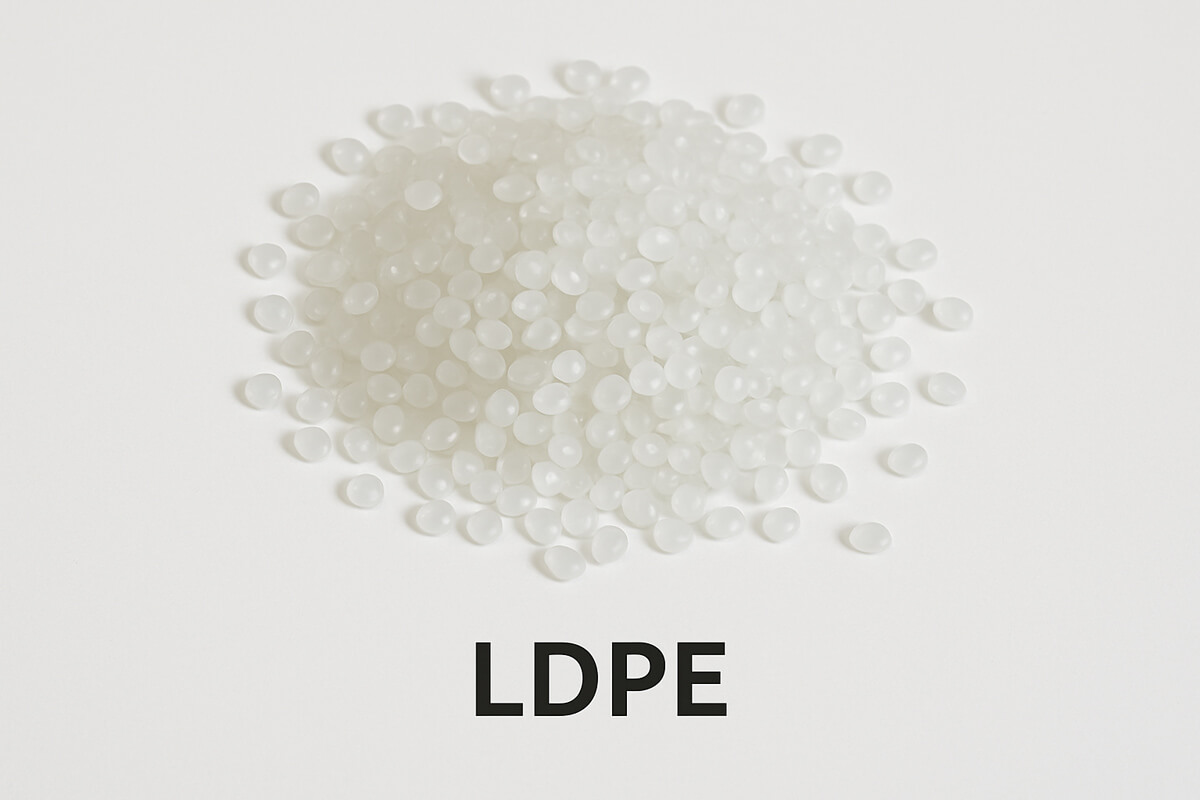
A number of different industries across the world rely on high quality polythene products, and none more so than the catering and food industry. Food hygiene is paramount to catering business operations, and the storage of produce must meet official safety guidelines. Catering businesses use cling film on a daily basis to store and transport food safely, and in this article we will look at its role in this dynamic industry.
Using Cling Film With Food
The Food Standards Agency (FSA) has issued important guidelines to help you use cling film safely. Following these recommendations ensures both food safety and the preservation of taste. Misusing cling film can lead to unintended consequences, such as contamination or altered food quality. Below are the key points to keep in mind:
- Avoid exposure to high heat. Do not use cling film in ovens or over pots and pans on the hob, as it can melt into the food. This not only ruins the food but also poses health risks due to the chemicals released during melting.
- Be cautious with microwaves. Ensure the cling film does not come into direct contact with food when microwaving. The heat from the food can cause the film to degrade, potentially affecting the taste and safety of the meal.
- Limit use with high-fat foods. Minimise direct contact with fatty foods such as cheeses, raw meats, pastries, and fried products. High-fat content can interact with the film’s material, leading to changes in texture or taste.
Why Does Cling Film Cling?
Have you ever wondered why cling film clings? The secret lies in its composition and static properties:
Cling film is made from low-density polyethylene (LDPE), which is treated to enhance its stretch capabilities. When you unroll the film, friction causes electrons to transfer between the layers. This creates areas of positive and negative static charge, enabling the film to stick effectively. Thanks to its insulating properties, cling film retains this static charge for extended periods, making it a reliable option for sealing and protecting food.
Additionally, the stretch capabilities of cling film allow it to conform to various shapes and sizes of food containers, providing an airtight seal. This flexibility is one of the reasons it is so widely used in both domestic and professional kitchens. Understanding the science behind cling film can help you appreciate its effectiveness and why it has become an essential item in food storage.
Uses For Cling Film
- Poaching an egg: If you line a small cup with your cling film, then crack your egg into it and dip the film and egg into a pan of boiling water, you can cook the perfect poached egg.
- For presentation: As cling film is entirely see-through, it is ideal for presenting food whilst maintaining food hygiene standards.
- Treating burns: As cling film is sterile, it can be perfect for protecting fresh burns, which are always a risk for professional caterers. Unlike bandages and plasters, cling film will not stick to the skin and can be seen through by doctors.
- Microwave heating: Whilst keeping your microwave completely clean from splatters and overspills, it heats food much more efficiently.
- Keeping food fresh: Whether you have leftovers or need to keep newly-prepared products fresh, cling film is the answer.
Environmental Considerations for Cling Film
While cling film offers numerous benefits, it’s important to consider its environmental impact. Traditional cling film is made from non-biodegradable plastics, which can contribute to waste if not disposed of properly. Many manufacturers, including Polythene UK, are now offering eco-friendly options such as biodegradable or recyclable cling films.
Using environmentally conscious cling film options not only reduces your business’s carbon footprint but also appeals to consumers who prioritise sustainability. By choosing high-quality, sustainable products, you can strike a balance between functionality and environmental responsibility.
Frequently Asked Questions About Cling Film
Is cling film microwave safe?
Yes, but ensure it doesn’t touch the food directly during heating to avoid safety risks.
Can cling film be recycled?
This depends on local recycling facilities. Check with your local council to determine if they accept LDPE materials.
What foods should not be wrapped in cling film?
Avoid using cling film with high-fat foods like cheese, raw meat, and pastries, as these can degrade the film over time.
High Quality Cling Films
At Polythene UK we supply the highest quality stretch and cling films, and have successfully supplied many clients in the catering industry with great products. For more information about our products, view our range here and get in touch if you have any questions.





